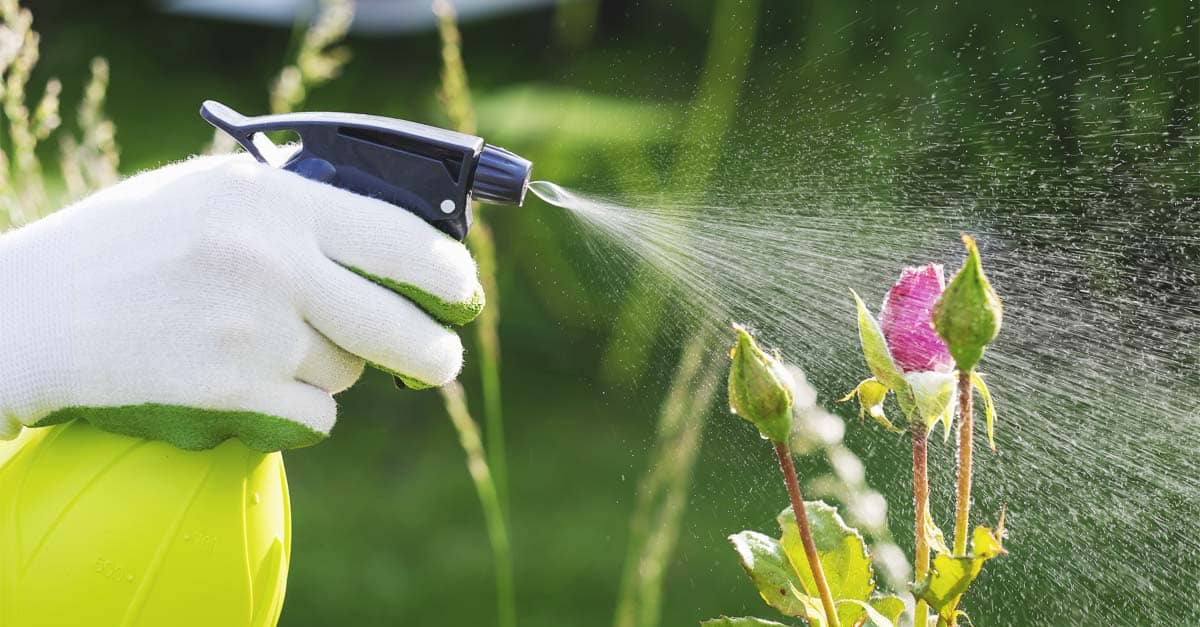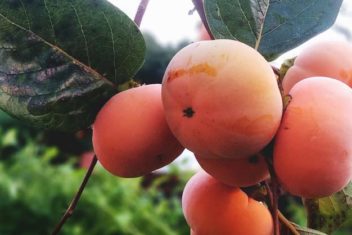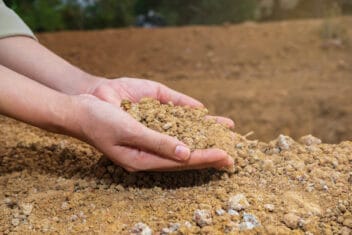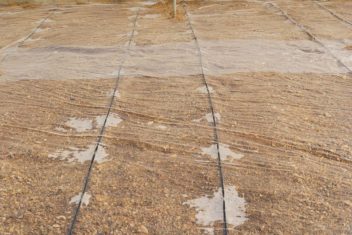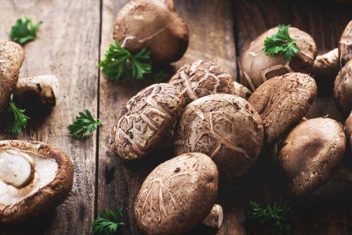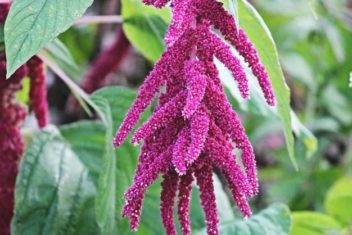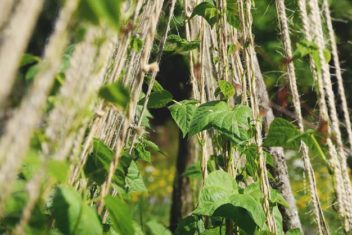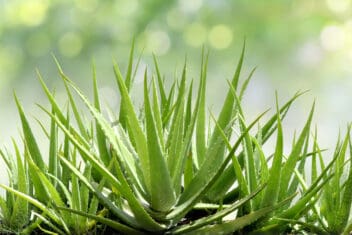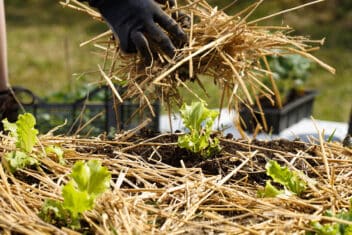No one wants to see their plants decimated by pests. Sometimes our best option to defend our garden is by using pesticides, but who wants all those chemicals on their food? The solution is to make your own homemade pesticides using ingredients you can grow or find at home.
One thing I’ve noticed with store-bought pesticides is that I often have the ingredients at home that I need to make them work. One well-known brand I use is 99% canola oil!
I also realized that pesticides contain chemicals I don’t want anywhere near my family, pets and the plants we were going to eat. After all, when you go to the trouble of feeding your family with fresh, healthy food, you don’t want to add nasty chemicals.
I decided to look at making my own pesticides. I wanted something that was effective and natural. An added bonus is that homemade pesticides are super cheap to make.
I had a few requirements. The homemade pesticides needed to be easy to make and apply, and I wanted them to use up some of the herbs and plants I already had in my garden. After tons of testing, I’ve come up with a few recipes that fit the bill.
Sometimes I grow plants purely as ingredients for pesticides because I want plant-based treatments as much as possible for my vegetables and fruit. You can do the same, or you can use the things you’re already discarding, like tomato plant leaves and orange peels.
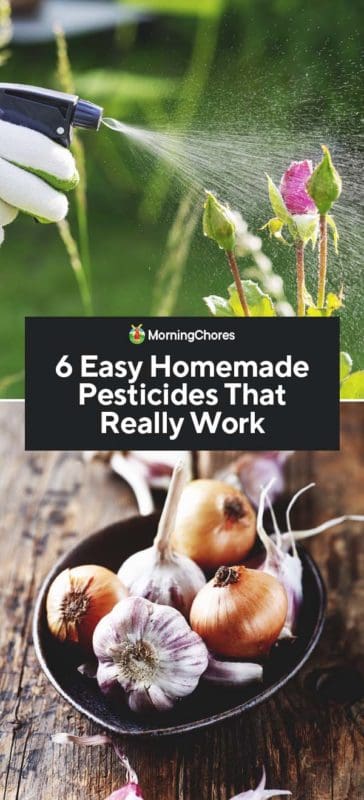
Homemade Pesticide Recipes

1. Mint, Garlic and Pepper Spray
This is my favorite homemade pesticide recipe. It’s simple, you can grow the two main ingredients, and it’s safe to use on any plant you eat. I wait a day or two before eating anything I spray with this pesticide because sometimes the taste will linger if you harvest on the same day as you spray. It does wash off, of course, and it doesn’t taste too bad, thanks to the mint and garlic.
Ingredients
- 3 cups of freshly picked mint leaves
- 3 heads of garlic with cloves separated and peeled
- 12 cups of water
- 2 teaspoons of cayenne pepper
- 1 teaspoon of biodegradable dishwashing liquid
Method
Combine the garlic and mint in your food processor and pulse a few times Bring the 12 cups of water to the boil and add the mint, garlic, and pepper.
Boil for a minute and then let steep overnight. Next, strain into plastic spray bottles and add dishwashing liquid into each bottle.
Application
I use this spray when there is any type of pest eating the foliage of my ornamental and edible plants. Don’t use this spray unless the plant is actively being attacked or you see the pests present.
Spray on both sides of the leaves and, after one or two applications, the bugs will die or leave for greener pastures.
2. Oil Based Pesticide
I use oil-based pesticides when I have an infestation and I need to disrupt the life cycle of the pest. The oil will stick to the pest’s body, but more importantly, you want to target the eggs and the young so that as the older pests die, they’re not replaced. Over time, the bugs vanish entirely.
Ingredients
- 2 tablespoons of soap
- 1 cup of cooking oil (I use vegetable or canola oil)
- 1 cup of water
Method
Mix the soap and oil in a bowl.
Take 3 tablespoons of this mixture and add to a cup of water. Pour this into a spray bottle, shake well, and attack that bug infestation. You can store the excess soap and oil mixture to use later.
Application
Spray all over any bugs and pests you see. Make sure you spray both sides of the leaves and cover the bugs and eggs as best you can.
3. Orange-Based Pesticide
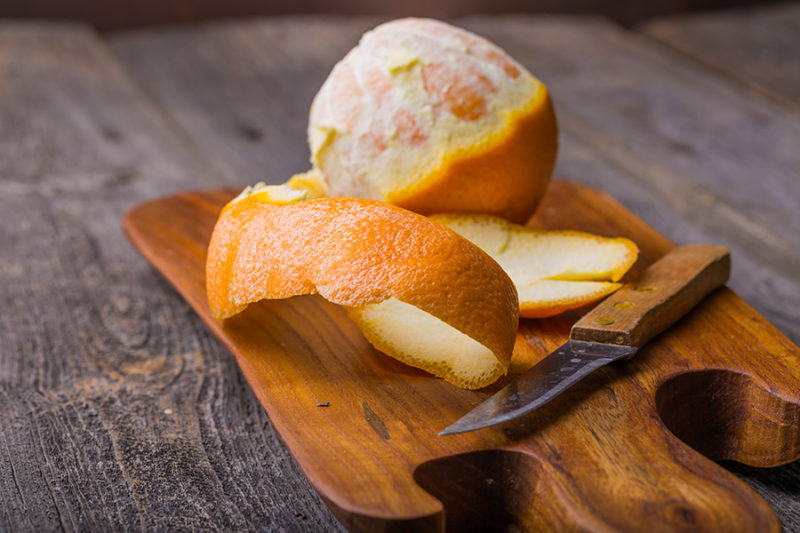
Next time you eat an orange or two, save the peels to make this incredibly simple homemade pesticide. I’ve been known to freeze skins until I’ve got enough for a bigger batch.
Ingredients
- Peels from two oranges
- 2 cups of water
- 1 tablespoon of dishwashing liquid
Method
Place the peels in a bowl and pour 2 cups of boiling water over the orange peels and leave it to soak for 24 hours.
In the morning, strain the liquid into a spray bottle and add a few drops of dishwashing liquid before shaking the bottle to mix.
This is a fantastic pesticide for soft-bodied pests like slugs, mealybugs, and aphids.
4. Tomato Leaf Pesticide
This is an effective homemade pesticide, especially if you grow multiple tomato plants, as I do. Save the leaves as you pinch out the laterals of the tomato plant. It really doesn’t get simpler than that.
Ingredients
- 2 cups of tomato leaves chopped
- Water to cover
Method
Chop the tomato leaves and place them in a bowl. Cover with hot water and allow to steep overnight.
In the morning, strain the mixture into a bottle and you’re ready to spray it on aphids or other pests.
5. Garlic, Pepper and Onion Pesticide
This homemade pesticide is made up of my three favorite vegetables to grow and is suitable for use on roses and azaleas.
Ingredients
- 2 hot peppers
- 1 onion
- 1 garlic bulb
- 1/4 cup water
Method
Place all the ingredients in a blender and blend into a watery paste. Let the mixture stand overnight.
In the morning, add a gallon of hot water and mix well. Strain into a spray bottle and use on roses, azaleas, and vegetables.
I’ve used this spray when my roses were covered in aphids and it worked well after only two applications.
6. Chrysanthemum Flower Pesticide
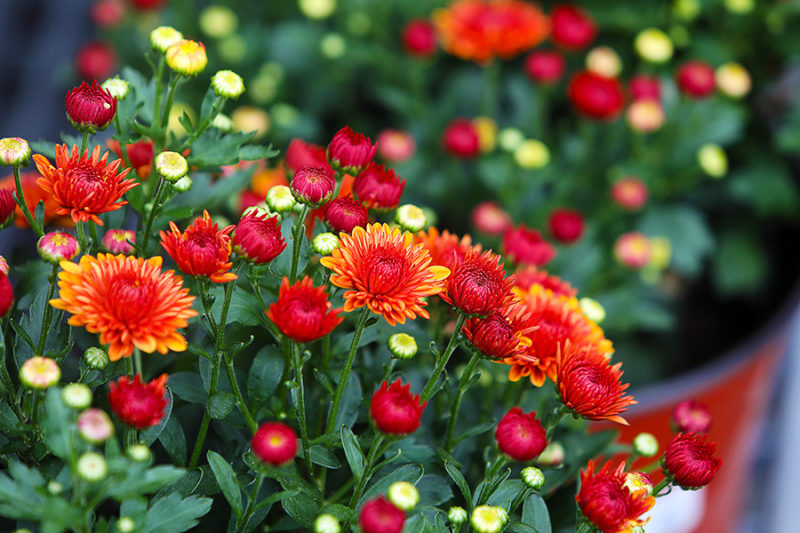
This is a particularly powerful homemade pesticide that contains pyrethrum. Pyrethrum has always been my go-to spray when other pesticides don’t work. This is because pyrethrum affects the insect’s nervous system making it a perfect, natural knock-down tool.
It does take a little work, but if you dry as many chrysanthemum flowers as you can each year at the end of the season, you’ll have a ready supply every year.
Ingredients
- 32 ounces of water
- 4 ounces of dried chrysanthemum flowers
Method
Boil the flowers in the water for 20 minutes. Cool and strain into a spray bottle. This pesticide has a shelf life of about 2 months, but you could consider freezing some to use later in the year or make smaller batches to conserve the dried flowers.
Consider adding a little organic neem oil to this mixture for a longer-term effect.
Tips
- Do a small test spray on your plant before spraying the whole thing. If there is no burning or obvious detrimental effect on the leaves within a few hours, continue to spray the entire plant.
- Many of these pesticides leave behind a large amount of pulp. Bury the pulp in the garden, especially where the pest infestations are. I’ve found this also gives the plant a boost.
- Often pests are able to infest plants that are weak and dehydrated. Keep your plants well fed and watered, and mulch during the hottest part of the season.
- Try not to spray pesticides in direct sunlight to avoid burning the leaves and foliage.
- While these pesticides work well, don’t be afraid to experiment with them – both in the ingredients you use and the plants and pests for which you use them.
A lot of people dismiss the idea of homemade pesticides, thinking the recipes aren’t powerful enough to work. Consider what farmers and growers did hundreds of years ago when commercial pesticides weren’t available. They made their own from natural ingredients that they had on hand, often based on what they grew at the time.
Give these pesticides a chance and keep your gardening as natural as possible. Give it a go, and if you have a favorite homemade pesticide recipe of your own, we’d love for you to share it with us.
